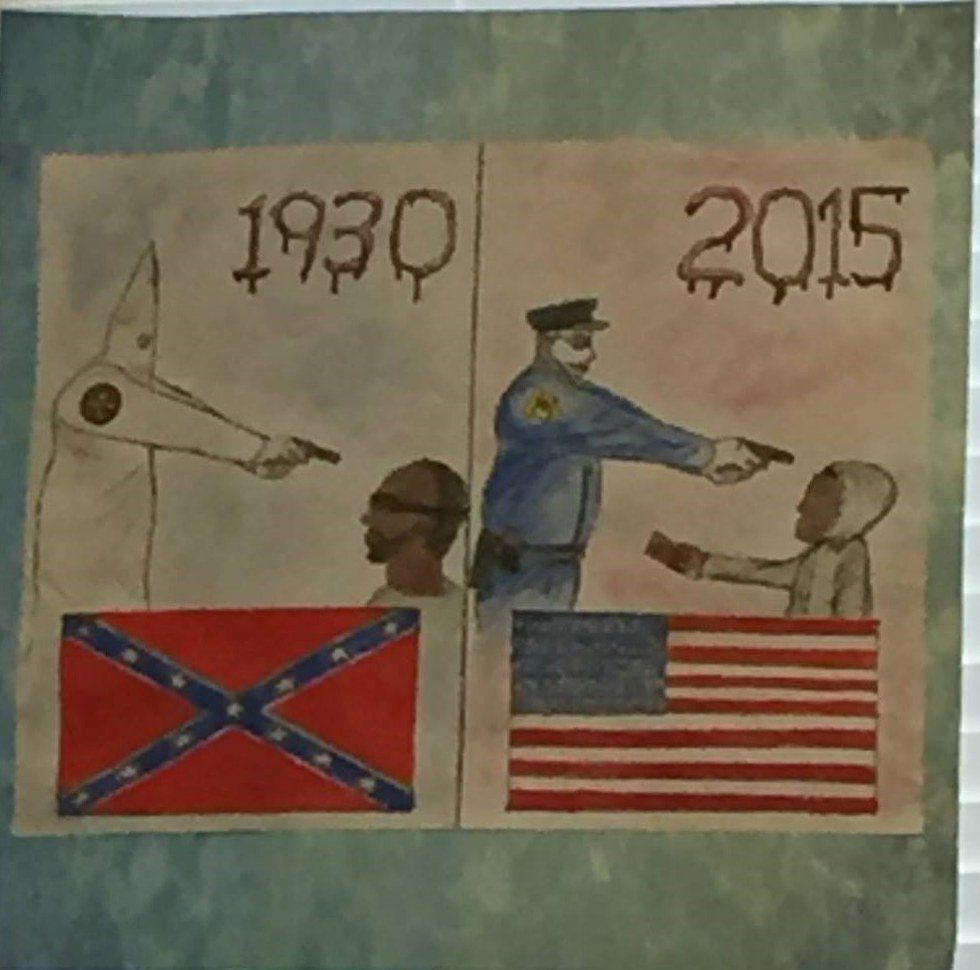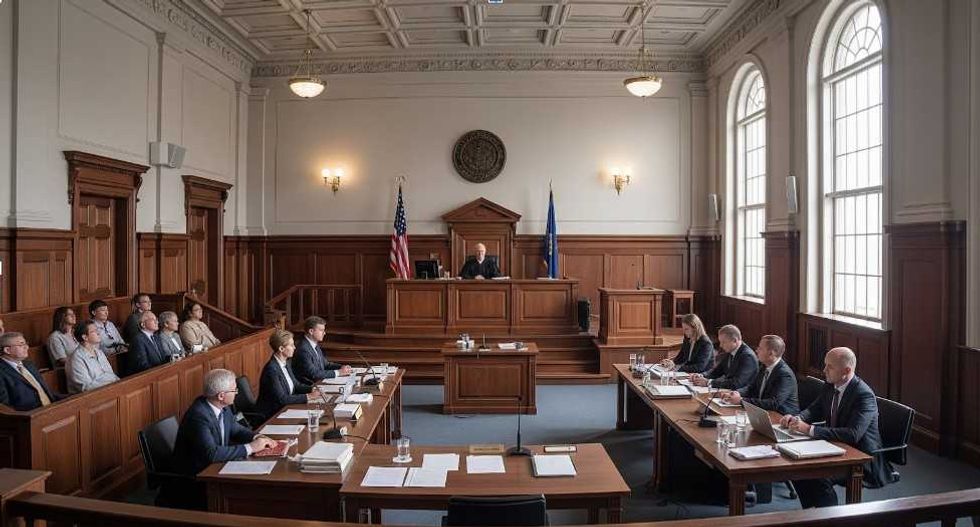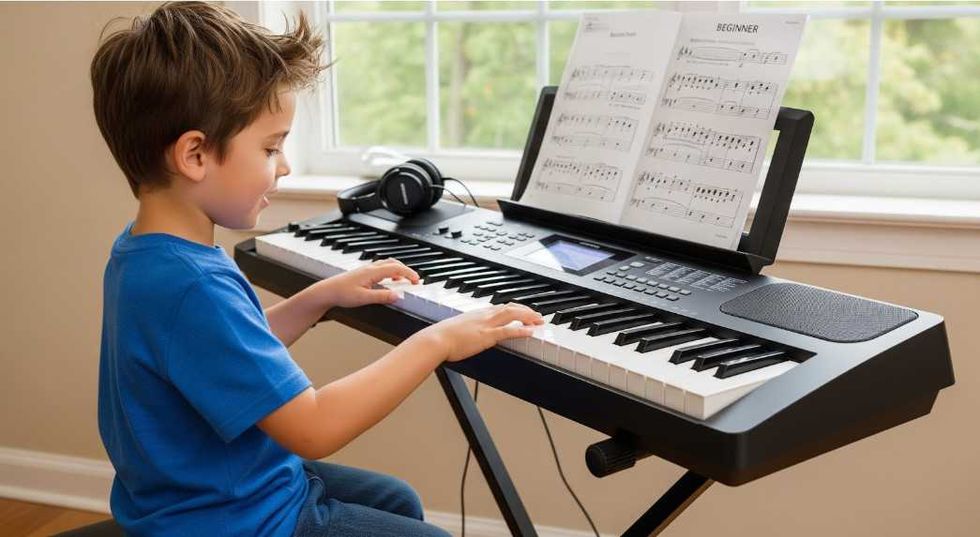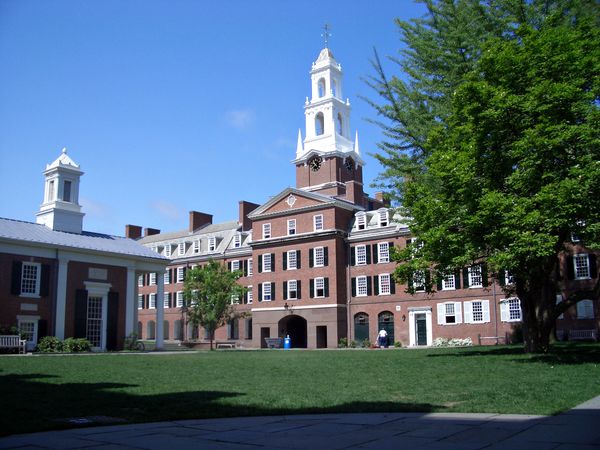The opposing Black Lives and Blue Lives movements were brought to a head in Oldham County, Kentucky this week, enticing disputes across social media. Catching news attention from not only local stations, but spreading to places including Eastern Iowa, a high school student’s artwork was at the center of this recent controversy. The artwork, pictured above, was based on a To Kill a Mockingbird assignment and has brought North Oldham High School into the spotlight.
On Feb. 22 and 23, 2016 David Kingmen Hamblin posted the photo to his personal Facebook profile and the Humanizing the Badge Facebook page. The artwork was hanging in his daughter’s Honors English classroom. He explained, “I sent out a request to take it down, and it seems that the school and school administrators believe this to be an appropriate form of discourse and educationally noteworthy. The teacher stated, ‘it's a really good example and shows how racial violence has evolved.’ My daughter was subjected to this yet again, and my requests to the school to abstain from this obvious hostile learning environment were met with deaf ears,” proclaiming that he believed the student’s art to be more “propaganda” creating “future cop haters which endanger [him] and 800,000 other courageous protectors.”
While many social media commenters appeared to agree and support the removal of the art, Hamblin’s plea was not met with the collective support he might have hoped for. Many spoke out against Hamblin’s actions, often citing first amendment rights, some even pointing to the fact of this being a child’s artwork. Joel Nivens commented, “The scariest thing to me is telling our youth what they can and can't believe. It's a drawing!” Again, this comment was met with controversy. Many agreed with Nivens. It was a high school student learning to form their own opinion, and art was this child's way of expressing their views of the world. Many opposed; children are children and do not have full access to rights granted to adults.
The rights outlined in The Bill of Rights are granted to all citizens of the United States. However, with precedents set by United States Supreme Court cases, this is not always true of students within schools. In the Tinker v. Des Moines Independent School District case of 1969 the Court ruled that students can express themselves as protected by the First Amendment, but there is a limit to that within schools. Once self-expression reaches the point of disruption to school work or other school activities, the administration has the right to remove or ask the student to remove the disruption. The Hazelwood School District v. Kuhlmeier case of 1988 regarded censorship of students. The Court encouraged school administrators to allow freedom of speech and expression where they could, but also explained that school wasn’t meant to be a place where students can openly voice any opinion they wish. The Court ruling granted censorship of student newspapers, yearbooks, and even creative pieces and graduation speeches.
Friday, Feb. 26 the administration chose to exercise their censorship rights outlined by the Court, and removed the artwork. Hamblin called this a victory on Facebook stating, “For those of you who tried to stop my first amendment rights, it didn't work.” While the controversial piece has been removed from the walls of North Oldham High School, the picture remains on social media and discussion continues in the comments.





















